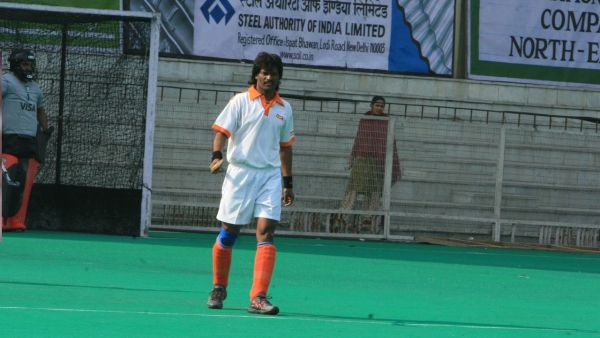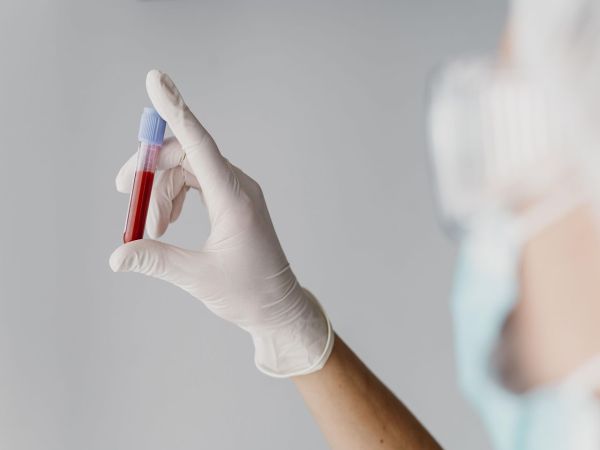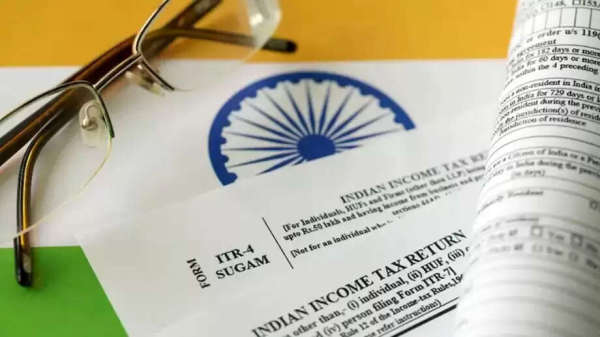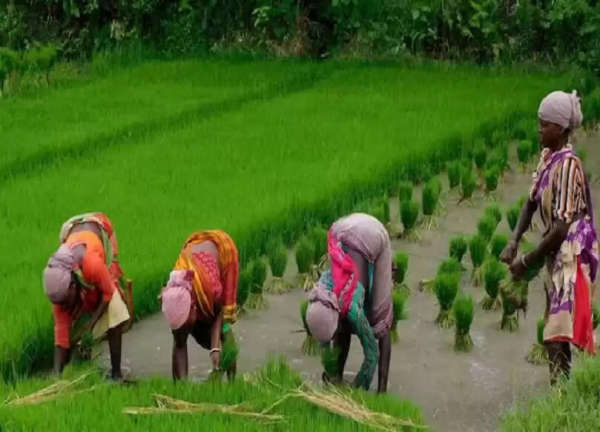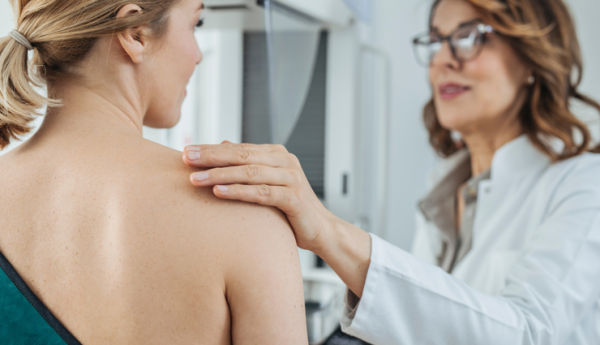
Throughout life, your breasts naturally undergo various changes. However, distinguishing between benign (non-cancerous) and malignant (cancerous) conditions can be challenging, as symptoms like lumps, swelling, or nipple discharge may resemble those of breast cancer. Below are some common non-cancerous breast conditions and their characteristics:
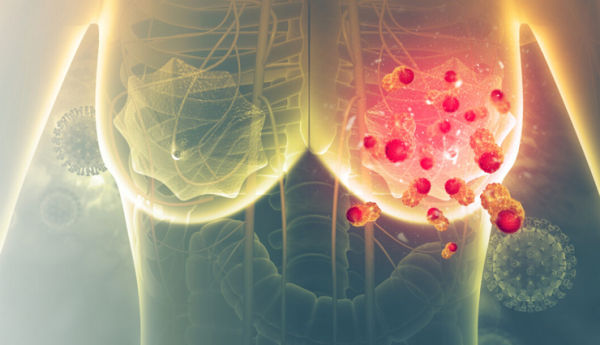
# Lobular Carcinoma In Situ (LCIS)
LCIS is a proliferative breast condition caused by an overgrowth of cells lining the milk ducts or lobules. It typically does not form a lump and is often discovered incidentally during examinations for other breast issues. Women with LCIS face a 7 to 12 times higher risk of developing invasive breast cancer, making self-examinations and regular medical follow-ups crucial.
# Mastitis
Mastitis is an infection-induced breast inflammation, most commonly affecting breastfeeding women. It causes redness, warmth, and tenderness in the affected breast. Typically limited to one side, mastitis is diagnosed through symptoms and physical examination and is treated with antibiotics. It does not increase the risk of breast cancer.
# Fibrosis and Simple Cysts
Many breast lumps are caused by fibrosis or simple cysts, both of which are benign. They are most common among women of childbearing age but can occur at any stage of life. These conditions can affect one or both breasts and often cause tenderness, swelling, or pain. Diagnosis usually involves a biopsy.
# Fibroadenomas
Fibroadenomas are non-cancerous breast tumors composed of stromal (connective) and glandular tissue. They are most frequently found in women in their 20s and 30s. These tumors often feel like small, movable, rubbery marbles under the skin. While some fibroadenomas shrink without treatment, a biopsy is necessary to confirm the diagnosis.
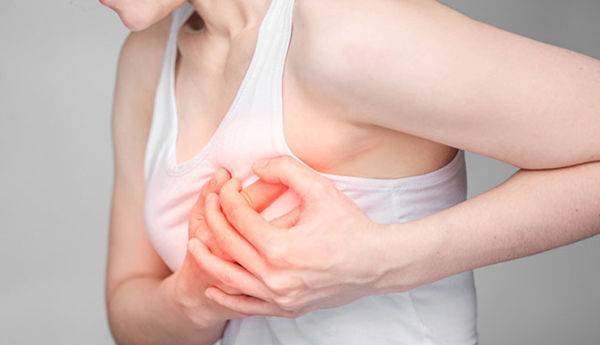
# Hyperplasia of the Breast (Ductal or Lobular)
Hyperplasia occurs when cells lining the milk glands proliferate excessively. Both ductal and lobular hyperplasia can develop simultaneously. This condition does not usually form lumps, and surgical removal may be required for abnormal tissue. There are two types: mild hyperplasia, which does not increase cancer risk, and moderate hyperplasia, which raises the risk by 1.5 to 2 times.
# Fat Necrosis and Oil Cysts
Fat necrosis is a benign condition resulting from damage to fatty breast tissue, often due to injury. It is more prevalent in women with larger breasts and typically presents as a painless lump. The surrounding skin may appear bruised, red, or thickened. These conditions do not require treatment and do not increase cancer risk.
# Adenosis
Adenosis is a non-cancerous condition characterized by an increase in the size and number of milk-producing glands. It is most commonly associated with fibrosis or cysts in the breast. Adenosis does not require treatment and does not elevate the risk of breast cancer.
# Other Benign Breast Conditions
Less common non-cancerous breast conditions include radial scars, lipomas, hamartomas, hemangiomas, hematomas, neurofibromas, and adenomyoepitheliomas. None of these conditions increase the risk of breast cancer.


